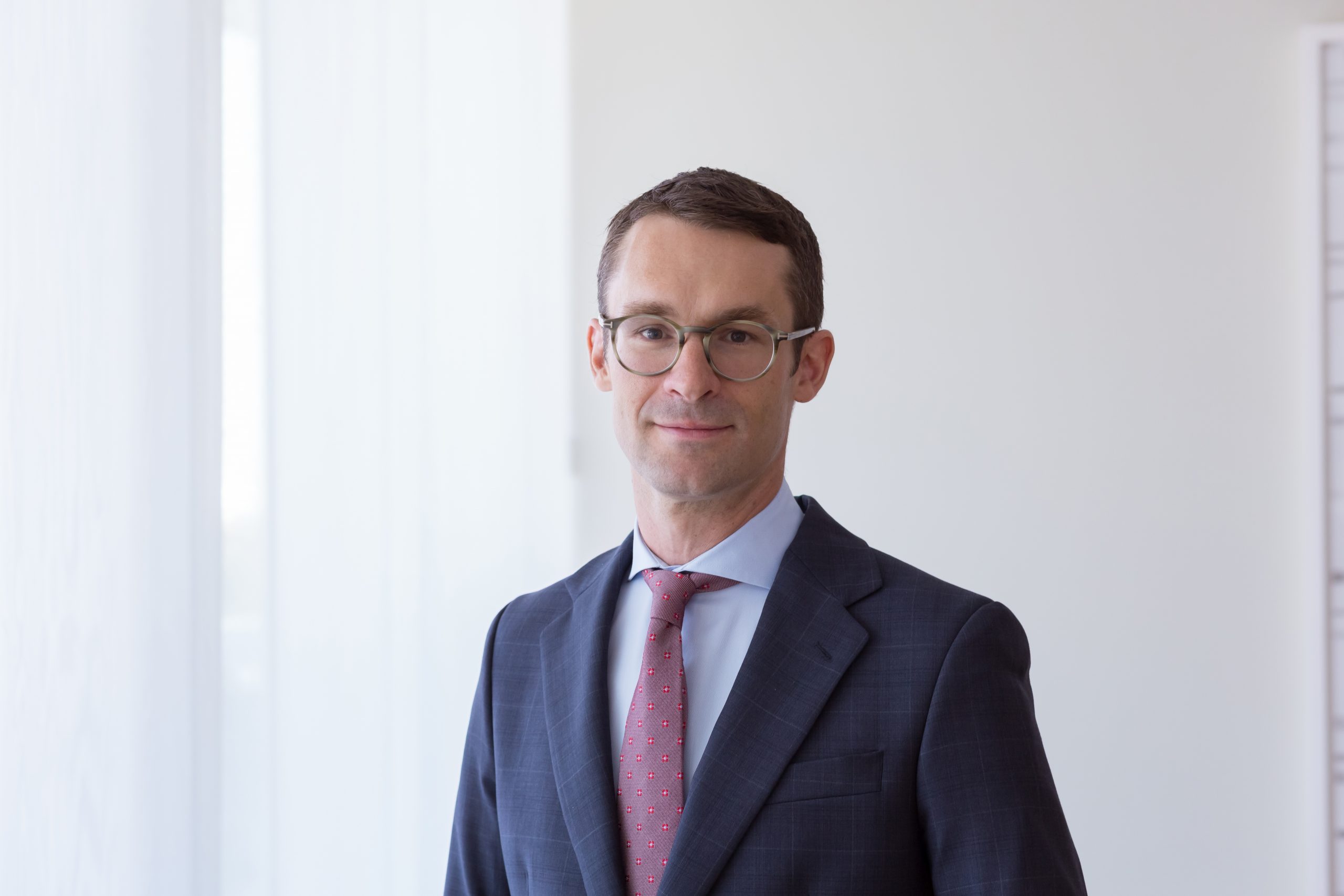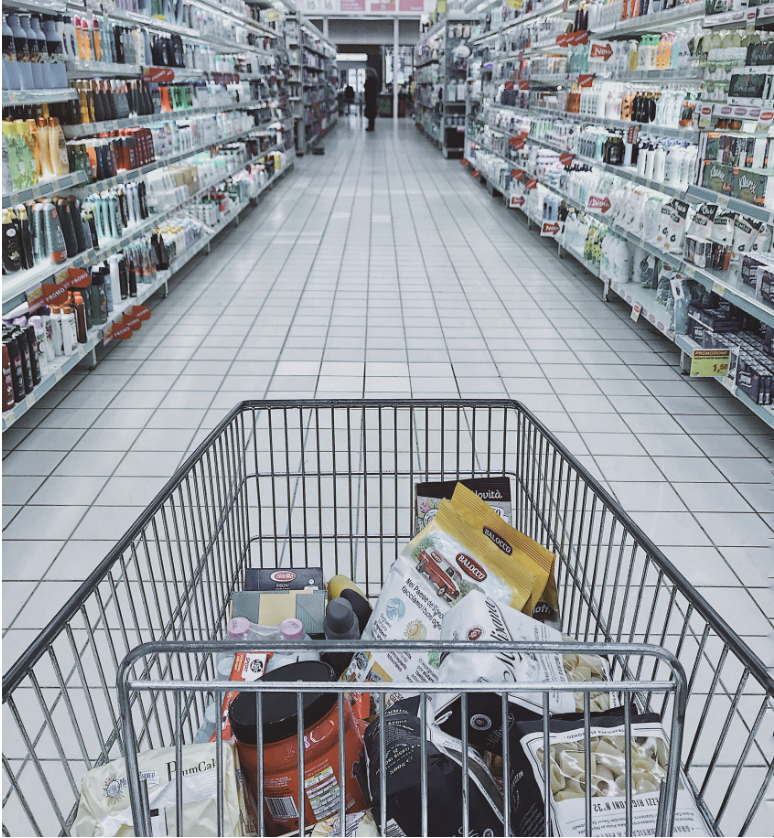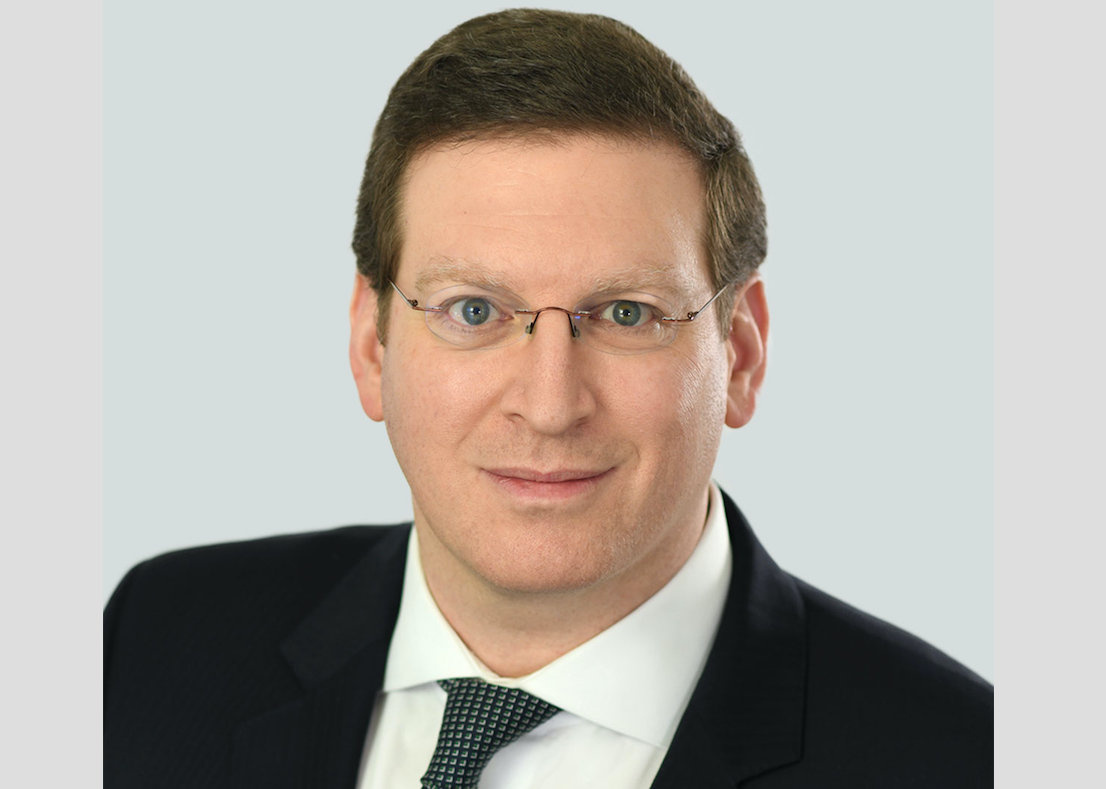
With the Russia-Ukraine war entering its second month, expectations for even slower economic growth and higher inflation are mounting. Given weaker consumer sentiment and persistent volatility in energy prices, the global economy is unlikely to expand as much as initially hoped. While many economies will still grow above trend, we believe risks to corporate earnings are skewed to the downside.
Against this backdrop, we downgrade US equities to negative. A growth-oriented market with the most unattractive valuation in the world, we think US stocks are likely to bear the brunt of the adjustment, with sectors sensitive to interest rates and economic cycles especially under pressure.
That said, we don’t think an outright negative stance on equities is warranted. Investor morale is bouncing off very depressed levels, offsetting deteriorating fundamentals at least in the short term. We therefore remain neutral on equities and bonds.

In our analysis of the business cycle, we downgrade our global growth forecast to 3.5 per cent this year from 4.4 per cent; we expect emerging economies and the euro zone to suffer more than other areas, given their proximity to the Ukraine conflict.
Our global inflation forecast this year rises to 7 per cent from 5.1 per cent, although we expect to see a peak in price pressures in the coming few months.That said, the world economy has room to absorb the double shock from higher oil prices and tightening monetary policy.
In the US, energy intensity, which measures the quantity of energy required per unit output or activity, has fallen sharply since the 1970s, while household balance sheets remain healthy with their debt service ratio 4 percentage points below 2008 levels. Other buffers built through the Covid pandemic include excess savings, which stand at 10 per cent of GDP.
We are turning more bearish on the euro zone than the consensus, with our 2022 growth forecast downgraded to 3.2 per cent from 4.1 per cent. Our leading indicators are slipping into territory consistent with recession and are now at their lowest in more than a year. Consumer sentiment indicators are dropping precipitously, which augurs badly for consumption in the coming months.
China’s economy saw some strong momentum following its initial recovery from the pandemic in the fourth quarter. However, a renewed surge in Covid cases and fresh lockdown measures may hurt short-term growth prospects in the world’s second largest economy, eclipsing early signs of a turnaround in construction activity.
Our liquidity reading continues to deteriorate because of central bank tightening in the US and UK. We think the US Federal Reserve has completed 40 per cent of the tightening we expect it to deliver in this cycle and should reach 75 per cent by the year end. If anything, investors should be wary of even faster tightening, which will put pressure on the economy. China’s liquidity conditions are improving but the pace of monetary policy easing is slower than the central bank rhetoric suggests.
Japan’s liquidity conditions are tightening slightly as the Bank of Japan continues to phase out its ultra-easy monetary policy. The central bank, however, is pledging to defend its yield cap against the global tide of higher interest rates by offering to buy unlimited amounts of 10-year Japanese government bonds. This is leading to a sharp sell-off in the yen (see Fig. 2).

Our valuation indicators for bonds have turned positive after the recent sell-off in major government bonds. Investment grade credit, which is the worst performing major asset class this year, appears oversold and attractive relative to riskier bonds.
The overall score for equities is still negative. With deteriorating liquidity and higher real yields, a further decline in price-to-earnings multiples is possible. In the following 12 months, we expect a contraction of around 5 per cent, which suggests total equity returns could end up flat in 2022 compared with the previous year. That said, pockets of value are opening up in euro zone and Chinese stocks. US and technology stocks remain unattractive from a valuation standpoint.
Technical indicators support our neutral stance for equities. Investor sentiment has bounced off strongly from depressed levels, in line with falling implied volatility in the asset class. A drop in implied volatility below the realised measure makes protection from future sell-offs cheaper. This, in turn, is making it more attractive for investors to take on more risk.
Opinion written by Luca Paolini, Pictet Asset Management’s Chief Strategist.
Discover Pictet Asset Management’s macro and asset allocation views.
Information, opinions and estimates contained in this document reflect a judgment at the original date of publication and are subject to risks and uncertainties that could cause actual results to differ materially from those presented herein.
Important notes
This material is for distribution to professional investors only. However it is not intended for distribution to any person or entity who is a citizen or resident of any locality, state, country or other jurisdiction where such distribution, publication, or use would be contrary to law or regulation.
The information and data presented in this document are not to be considered as an offer or sollicitation to buy, sell or subscribe to any securities or financial instruments or services.
Information used in the preparation of this document is based upon sources believed to be reliable, but no representation or warranty is given as to the accuracy or completeness of those sources. Any opinion, estimate or forecast may be changed at any time without prior warning. Investors should read the prospectus or offering memorandum before investing in any Pictet managed funds. Tax treatment depends on the individual circumstances of each investor and may be subject to change in the future. Past performance is not a guide to future performance. The value of investments and the income from them can fall as well as rise and is not guaranteed. You may not get back the amount originally invested.
This document has been issued in Switzerland by Pictet Asset Management SA and in the rest of the world by Pictet Asset Management (Europe) SA, and may not be reproduced or distributed, either in part or in full, without their prior authorisation.
For US investors, Shares sold in the United States or to US Persons will only be sold in private placements to accredited investors pursuant to exemptions from SEC registration under the Section 4(2) and Regulation D private placement exemptions under the 1933 Act and qualified clients as defined under the 1940 Act. The Shares of the Pictet funds have not been registered under the 1933 Act and may not, except in transactions which do not violate United States securities laws, be directly or indirectly offered or sold in the United States or to any US Person. The Management Fund Companies of the Pictet Group will not be registered under the 1940 Act.
Pictet Asset Management (USA) Corp (“Pictet AM USA Corp”) is responsible for effecting solicitation in the United States to promote the portfolio management services of Pictet Asset Management Limited (“Pictet AM Ltd”), Pictet Asset Management (Singapore) Pte Ltd (“PAM S”) and Pictet Asset Management SA (“Pictet AM SA”). Pictet AM (USA) Corp is registered as an SEC Investment Adviser and its activities are conducted in full compliance with SEC rules applicable to the marketing of affiliate entities as prescribed in the Adviser Act of 1940 ref.17CFR275.206(4)-3.
Pictet Asset Management Inc. (Pictet AM Inc) is responsible for effecting solicitation in Canada to promote the portfolio management services of Pictet Asset Management Limited (Pictet AM Ltd) and Pictet Asset Management SA (Pictet AM SA).
In Canada Pictet AM Inc is registered as Portfolio Manager authorized to conduct marketing activities on behalf of Pictet AM Ltd and Pictet AM SA.
















